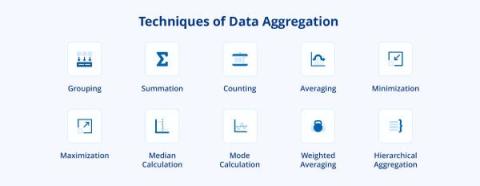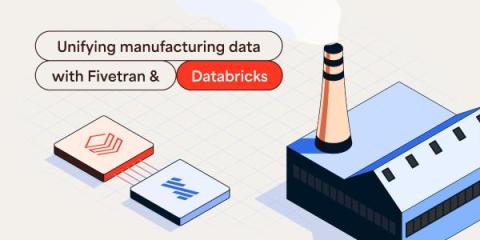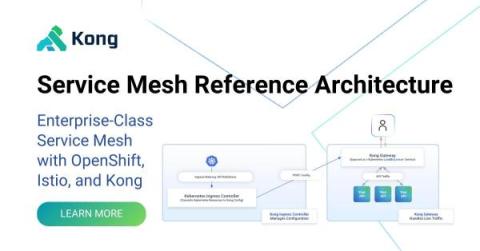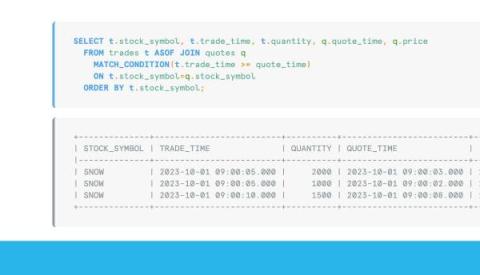All You Need to Know About Data Aggregation
Data aggregation is the process of combining and summarizing data from disparate sources into a cohesive dataset. It prepares data for analysis, making it easier to obtain insights into patterns and insights that aren’t observable in isolated data points. Once aggregated, data is generally stored in a data warehouse. Then, you can leverage it to gain a holistic perspective on your operations and market trends, design effective risk management practices, and make more informed decisions overall.











